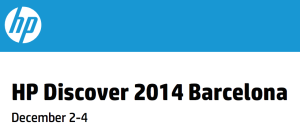Netflix is using obfuscation to not pay their fair share!
Netflix is using obfuscation to not pay their fair share!
by Scott Sherwood, CEO - December 2, 2014
As a CEO of a company, I would love to have someone subsidize my business and reduce my costs to deliver products to my customers. Yet for-profit company Netflix, which uses more Internet bandwidth than anyone in the world, wants network providers to connect them up for free. Yes, for free. They are using terms such as “Network Neutrality” to make the large telecom providers seem like bad guys, while creating confusion to hide behind their greed. For Netflix, delivery of content is like a cost of goods sold, but they just don’t want to pay their fair share.
In his in-depth article last week for Forbes – How Netflix Poisoned The Net Neutrality Debate – author Larry Downes traces the origins of today’s fight over network neutrality back to March of this year. He references a blog post by Netflix CEO Reed Hastings that “…urged the FCC to redefine net neutrality, transforming it from a set of last-mile consumer protections to detailed government control of connections at the Internet’s back-end. Rather than pay the transit providers, Netflix wanted to connect directly Continue reading
 So with some triumph and minor exhaustion, I completed Etherealmind’s 30 Blogs in 30 Days challenge; but so what? Does it change anything? Do I get a prize?
So with some triumph and minor exhaustion, I completed Etherealmind’s 30 Blogs in 30 Days challenge; but so what? Does it change anything? Do I get a prize?